One common problem with growing an herb garden indoors is that the herbs will grow tall and leggy instead of staying neat and compact. Here are a few things that cause this legginess, and here are a few ways to keep your herbs within bounds.
Jump to:
- What are Leggy Plants?
- Not Enough Natural Light
- Some Herbs Want to Be Tall
- Pots are Too Big
- Plants are Too Crowded
- Too Much Nitrogen
- Fixes for Leggy and Spindly Herb Plants
- Use Grow Lights
- Give Herbs the Maximum Amount of Light
- Harvest And Prune Herbs Regularly
- Plant Herbs in Small Containers
- Grow Herbs in Cool Conditions
- Set Herbs Farther Apart
- Don’t Let Herbs Flower
- Let Herbs Dry Out Between Waterings
What are Leggy Plants?
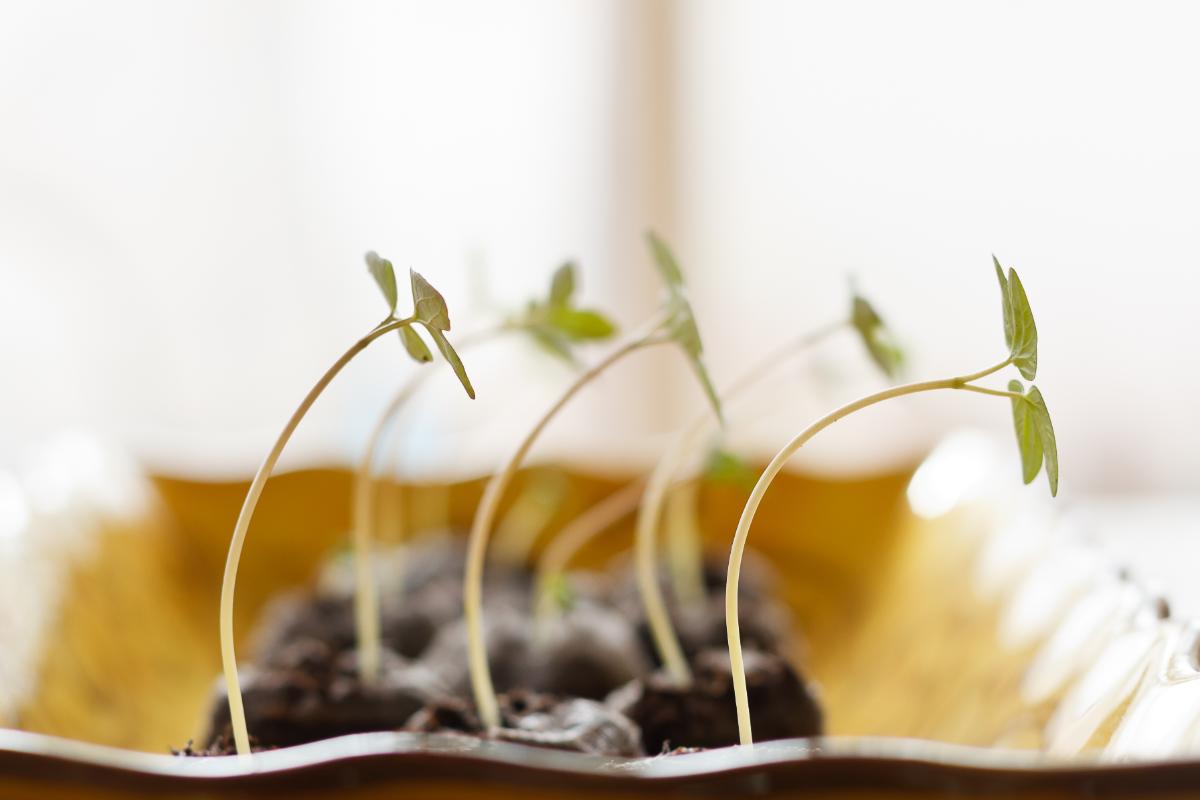
A plant with elongated stems is considered to be spindly or leggy. Often, legginess results from the plant stretching toward the sun, trying to grow tall enough to reach the light that it so desperately needs. Spindly plants have longer widths between each leaf node. A compact plant will have leaf nodes close together, while for a leggy plant, you'll see that short space grows longer and longer between each leaf.
On a leggy plant, the stems look long and fragile, and this also makes the plants appear messy.
Not Enough Natural Light
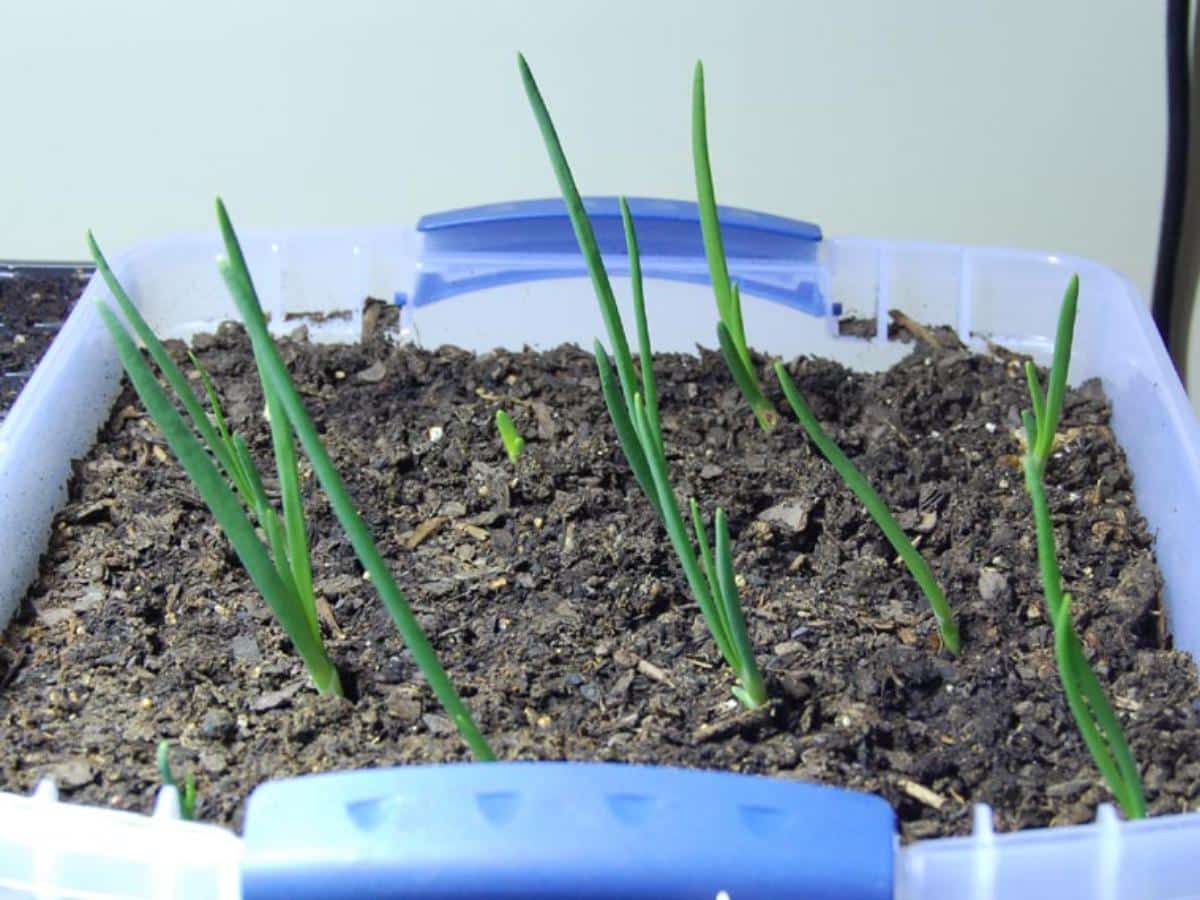
A lack of light is usually the biggest reason that plants get leggy. This might even start as soon as you bring your plants home from a retailer or nursery. Nursery-grown plants are used to all the abundant light in a greenhouse. When these nursery-grown plants are brought home, even a bright window can't quite match the strength of sunlight in greenhouses. That’s when the legginess develops when the stem stretches up towards the light and the plant leans toward the window. This is one of those clear-cut cases of plant language saying, “We need more light!”
Learn more about Indoor Gardening.
Some Herbs Want to Be Tall
Many herbs tend to grow tall, such as dill, rosemary, hyssop, bay, etc. If you grow these outside in a garden, they can easily reach 3 or 4 feet tall, depending on the type. These tall-growing herbs will need to be pruned back often to keep them at a manageable height, but some of them might resent being stuck in a little tiny pot and cut back every whipstitch. There might come a point where you’ll have to cut your losses and get a cute little thyme plant to replace them.
Pots are Too Big
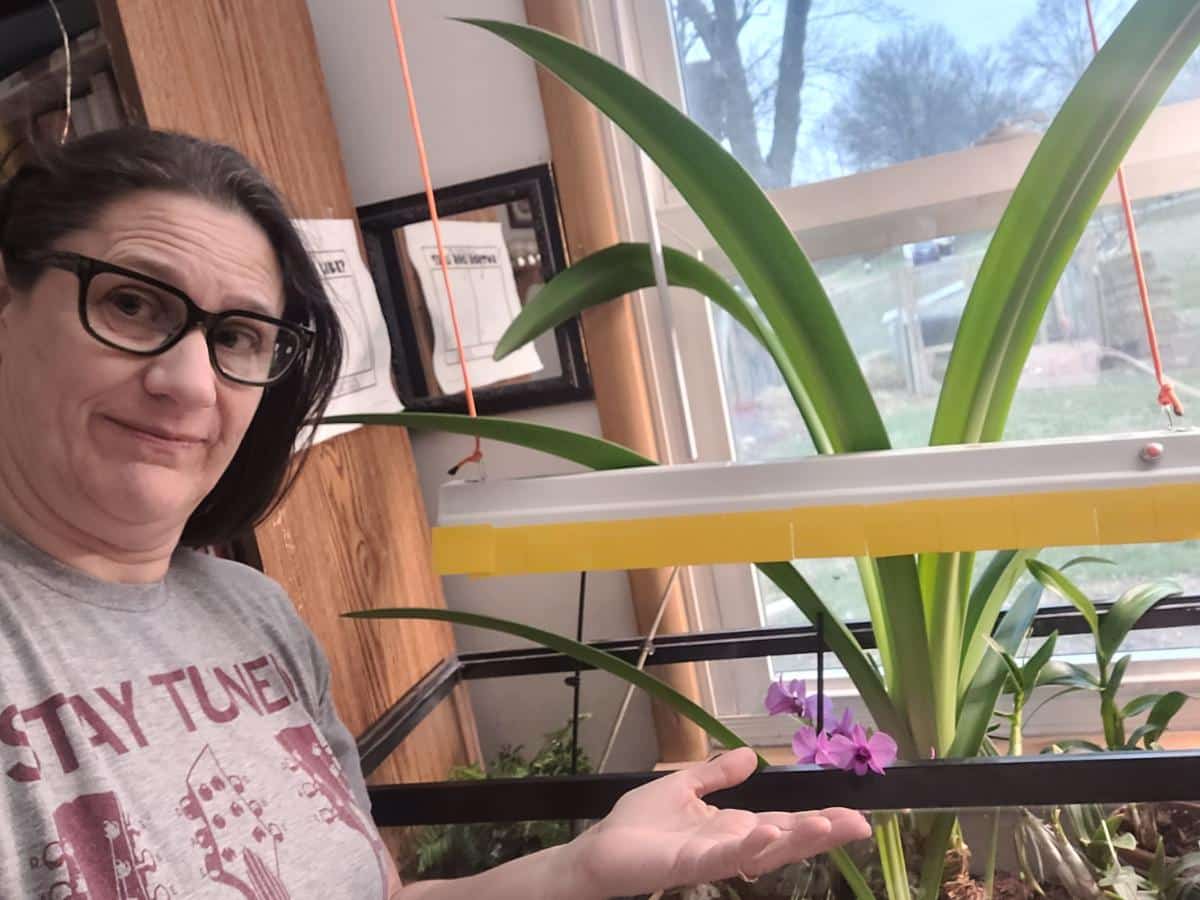
A big pot allows roots to stretch out and grab more nutrients, which in turn allows a plant to grow bigger and bigger. I saw this first-hand when I stuck an Amaryllis bulb into my orchid terrarium, intending to move it later (Note: In my world, “later” never becomes “now”). The bulb sent roots into every corner of the fish tank and started growing like crazy. Now, a year later, it’s as tall as a kindergartener and has two baby plants growing off the sides. Naturally, it has refused to bloom.
If you want to grow a gigantic rosemary plant, put it in a gigantic pot. If you want to keep it small, put it in a small pot.
Plants are Too Crowded
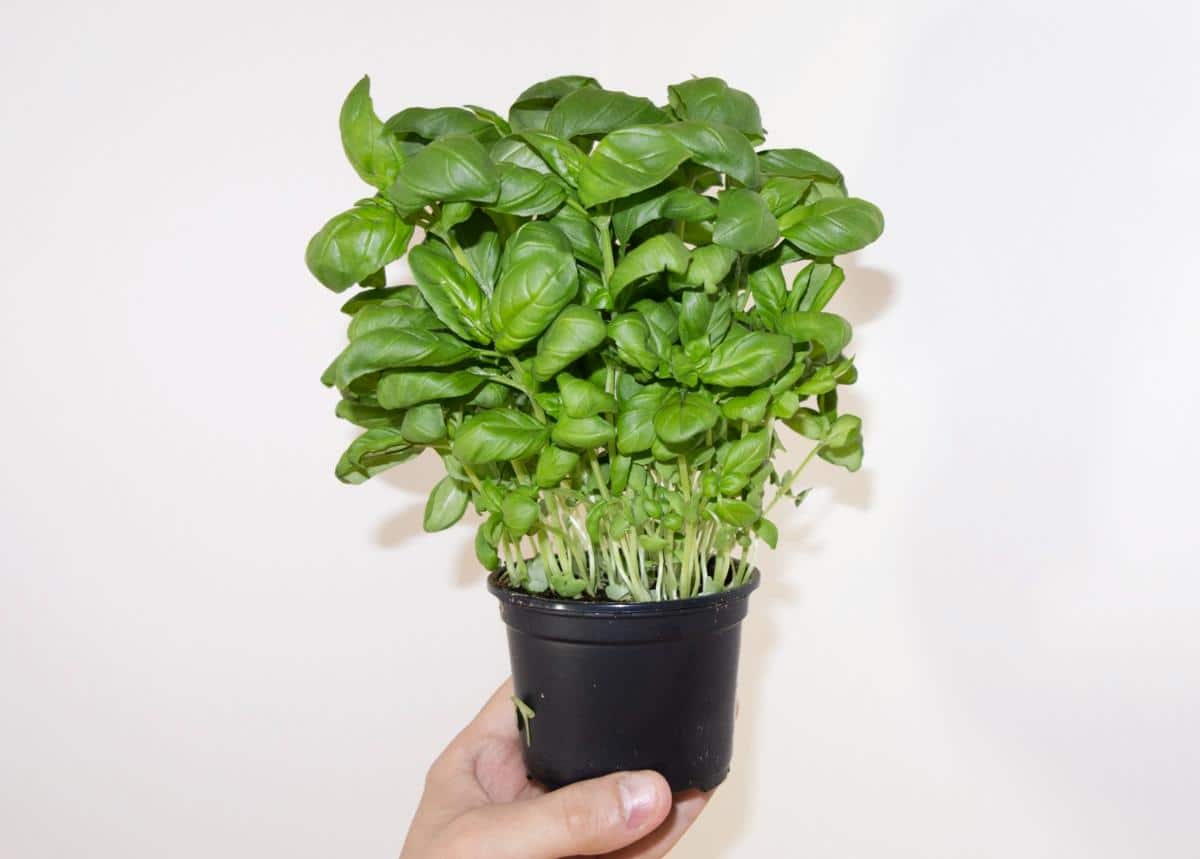
When plants are crowded too close together, they will stretch up and reach for the sun in a race against each other. You see this when a number of small trees are planted close together or when you crowd a bunch of plants together. The game they play is called “whoever gets tallest wins.” If herb plants are crowded, they, too, will play this game.
Learn more about Indoor Gardening.
Too Much Nitrogen
Too much nitrogen can sometimes lead to plants that are tall and skinny, because nitrogen encourages growth, and excessive nitrogen leads to excessive growth. In this case, remember that sometimes “more is not necessarily better.”
Fixes for Leggy and Spindly Herb Plants
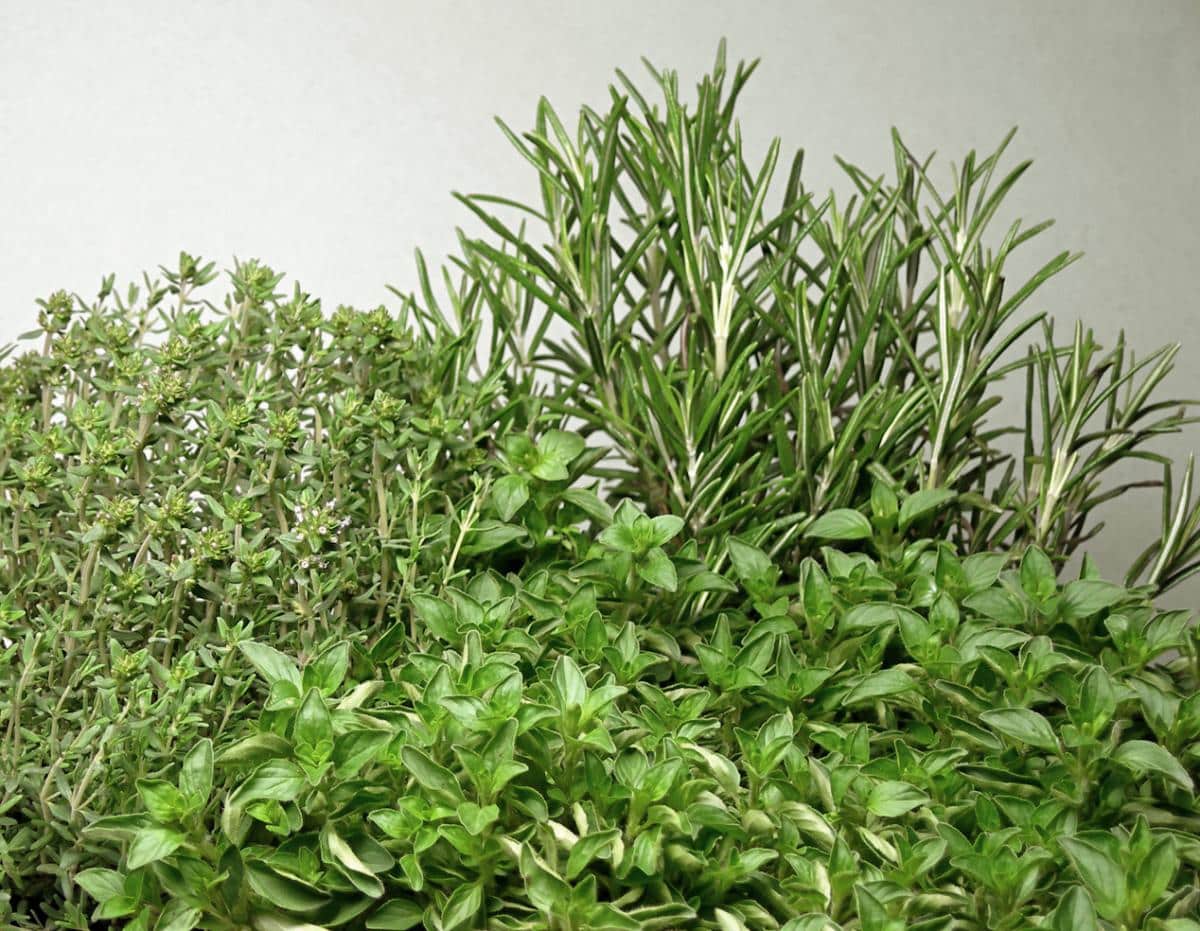
So much for the “thou shalt not” part of the article. Now we have the “thou shalts.” Here’s what you can actively and easily do to keep those herb plants compact and pretty.
A good place to start would be in trimming back the leggy parts of your herb plants. Once you've trimmed off the problematic bits (and added them to your supper), then you can go back to when the herb plant was cute and compact and keep them that way with all these methods outlined in this article.
Use Grow Lights
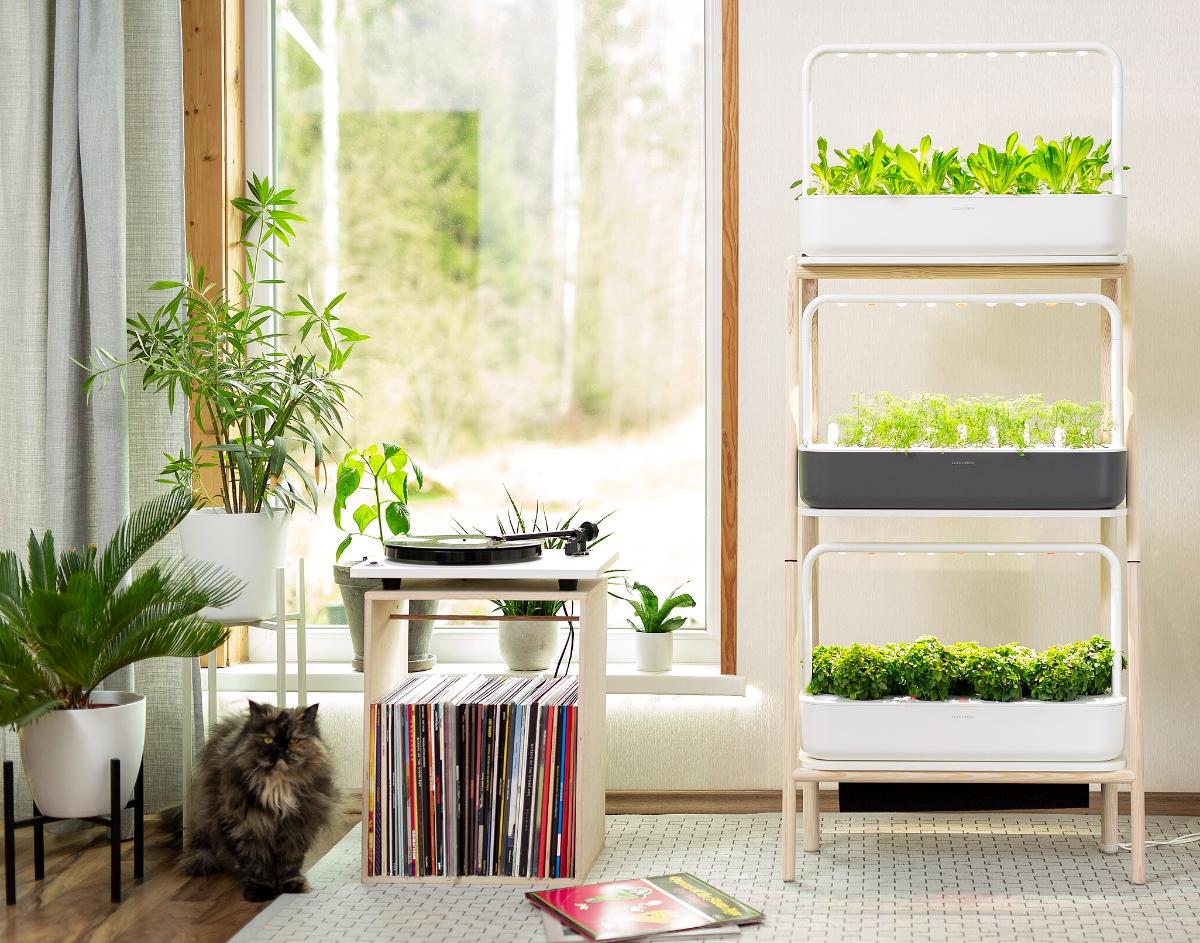
Often, indoor plants will need additional lighting. Even when you have a good window with lots of light coming in, you might still see your plants leaning and stretching. When this is the case, it’s time for supplemental lighting.
A full-spectrum grow light—that is, a white grow light that contains most of the rainbow spectrum—is usually a one-size-fits-all solution, but often it's all that we need.
Limited spectrum lights are those that have blue light or red light, which, when both are used at the same time, give you blurple light. Blurple is that weird shade of red and bluish purple that these lights will put upon your plants. This light is more efficient than full spectrum lights because it focuses on the two spectrums of light that are most often used in photosynthesis and growth. However, if you have plants in there with flowers, the flowers are not going to put on a good show at all. And it's hard to enjoy your plants when they are all one solid shade of blurple.
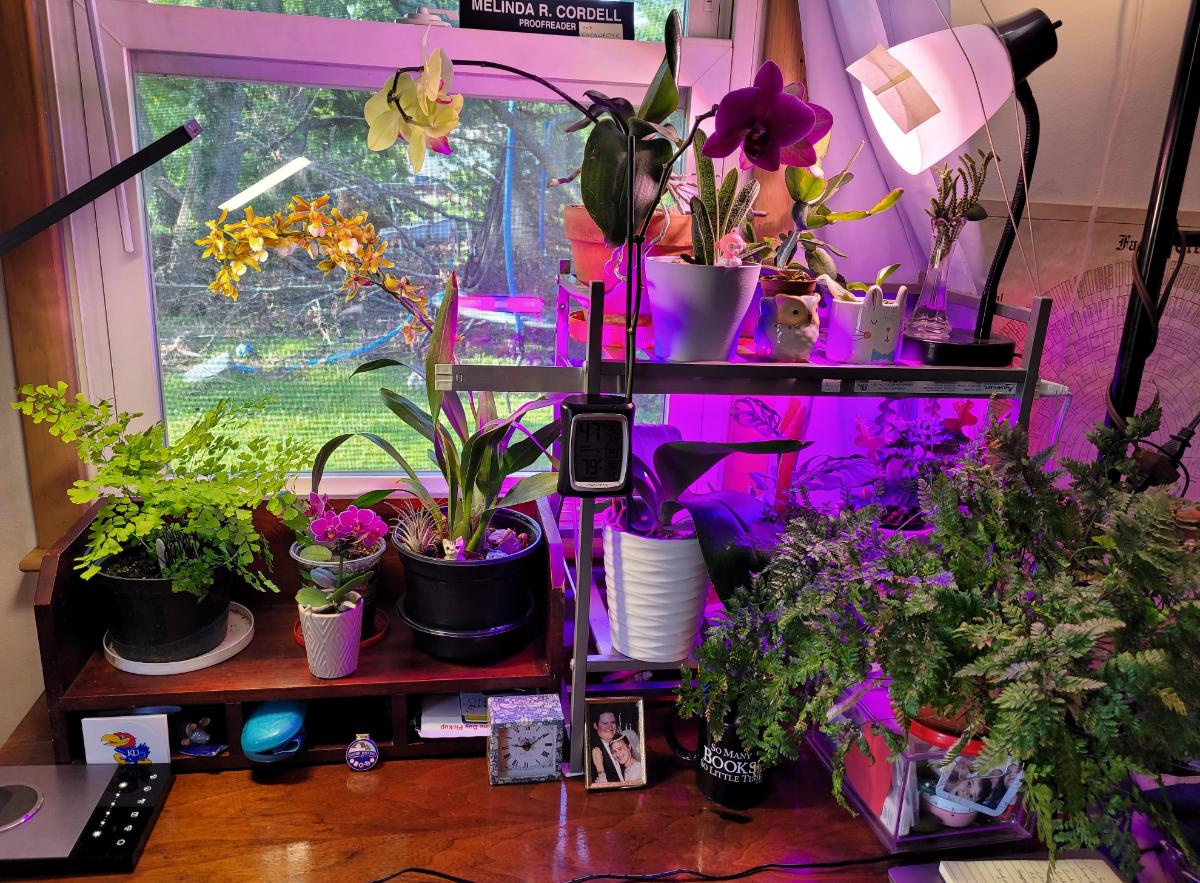
In general, plants grown under blue light tend to be shorter and more compact, with smaller and darker green leaves. For this reason, some growers use blue light as a growth regulator. So, if you are having trouble keeping plants short, it might be worthwhile to invest in some blue grow lights. However, it's also wise to mix in a full-spectrum light so the plants are able to photosynthesize fully and also look nice.
Here, I will add the caveat that sometimes you can choose to do whatever you darn well please in your indoor herb garden. If you aren’t a fan of blurple light and you are fine with seeing a little bit of legginess when you're using a full-spectrum light, then knock yourself out. It's better to enjoy your garden.
Give Herbs the Maximum Amount of Light

Herbs that have the amount of light they need have no need to grow taller and, therefore, tend to stay more compact and less leggy. A nice full spectrum grow light also makes herbs look really cheerful. Light and bright greenery are also important, especially in winter when our spirits are low because the world outdoors is brown, gray, or white.
Learn more about Indoor Gardening.
Harvest And Prune Herbs Regularly
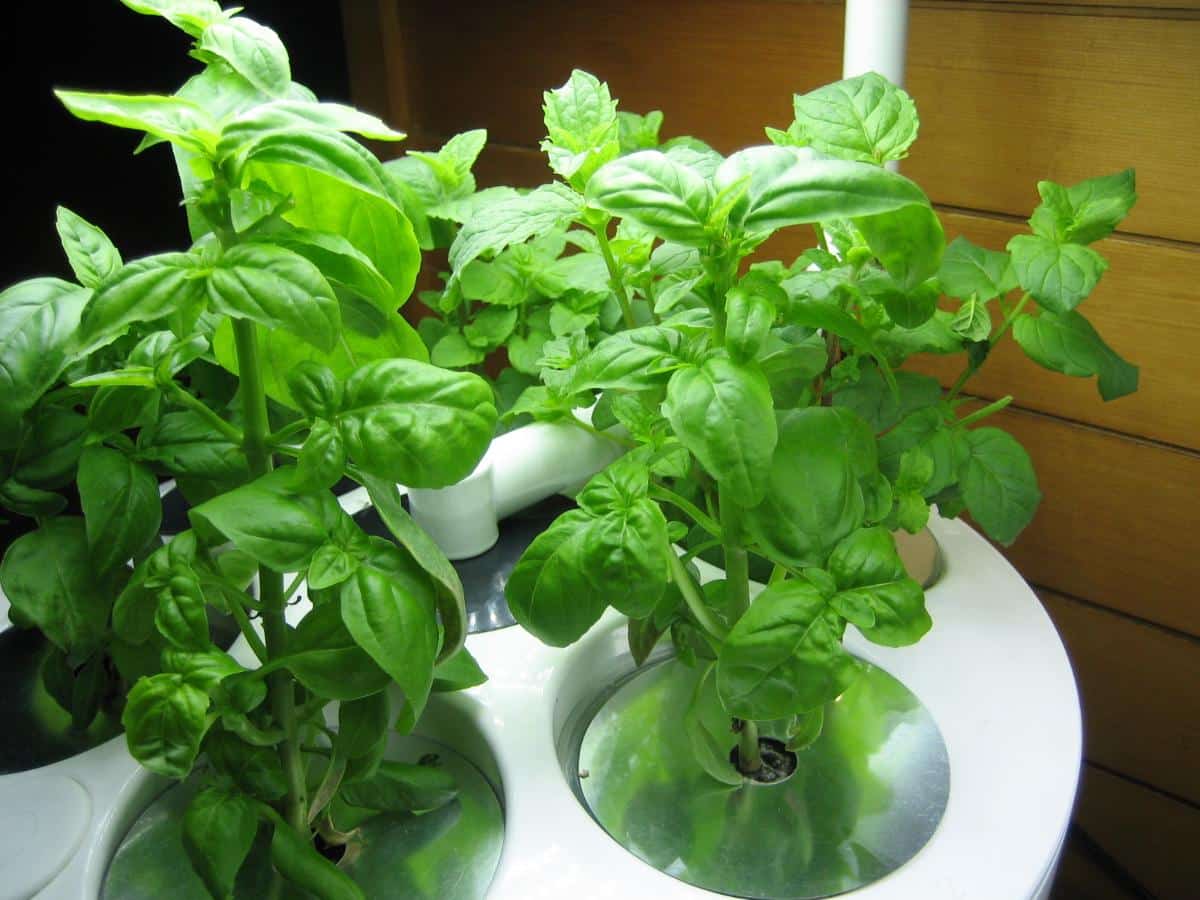
Small plants will need to be pruned and have sprigs harvested often to keep them in shape. If you have too many herbs, throw some of the herb leaves in a bag and put them in the deep freeze, where they’ll keep for about 6 months.
Plant Herbs in Small Containers
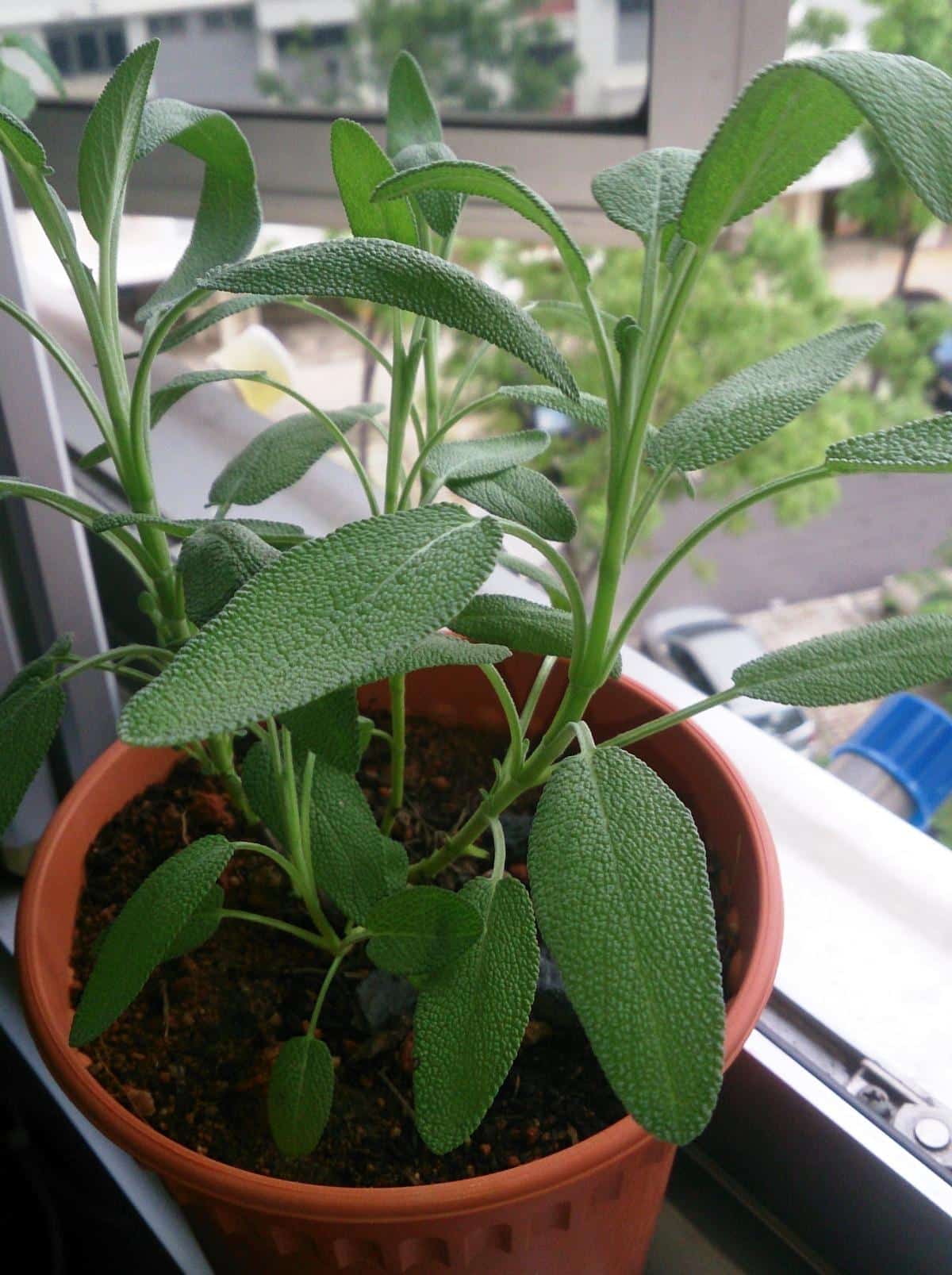
Small containers give plants less room to grow out and, therefore, keep herbs from growing tall and spindly.
Grow Herbs in Cool Conditions
Some plants become leggy when the temperature is too warm. In this case, heat alone is not going to cause legginess, but it can be encouraged by other factors, especially the lack of light. My grandmas grew plants in a cool room in winter, and it's a trick that works very well. Cool plants grow more slowly and, as a result, are more compact.
Set Herbs Farther Apart
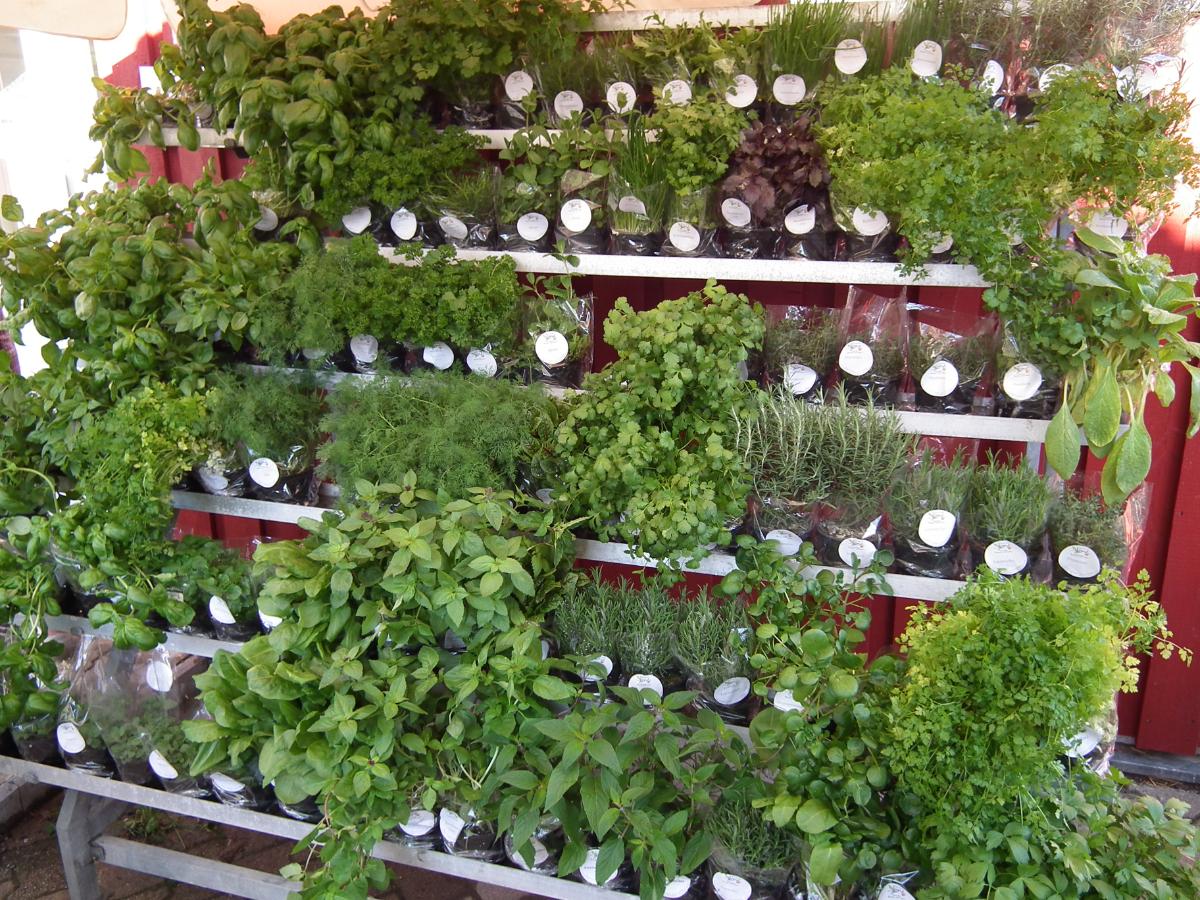
When you set plants farther apart and keep space between them, they won’t compete by trying to outgrow each other. Also, more light reaches all the sides of the plants, which puts an end to lanky, skinny growth.
Don’t Let Herbs Flower
Herbs actually taste best when their flowers are cut off. Here’s why. Their energy ordinarily goes toward creating those delicious oils in the leaves that flavor our food. But when the herbs start making flowers, all their energy ends up going toward flowering and seed production, and less goes towards the oils and the leaves. So, by cutting off the flowers, 1) you get a more compact plant and 2) tastier herbs.
Let Herbs Dry Out Between Waterings
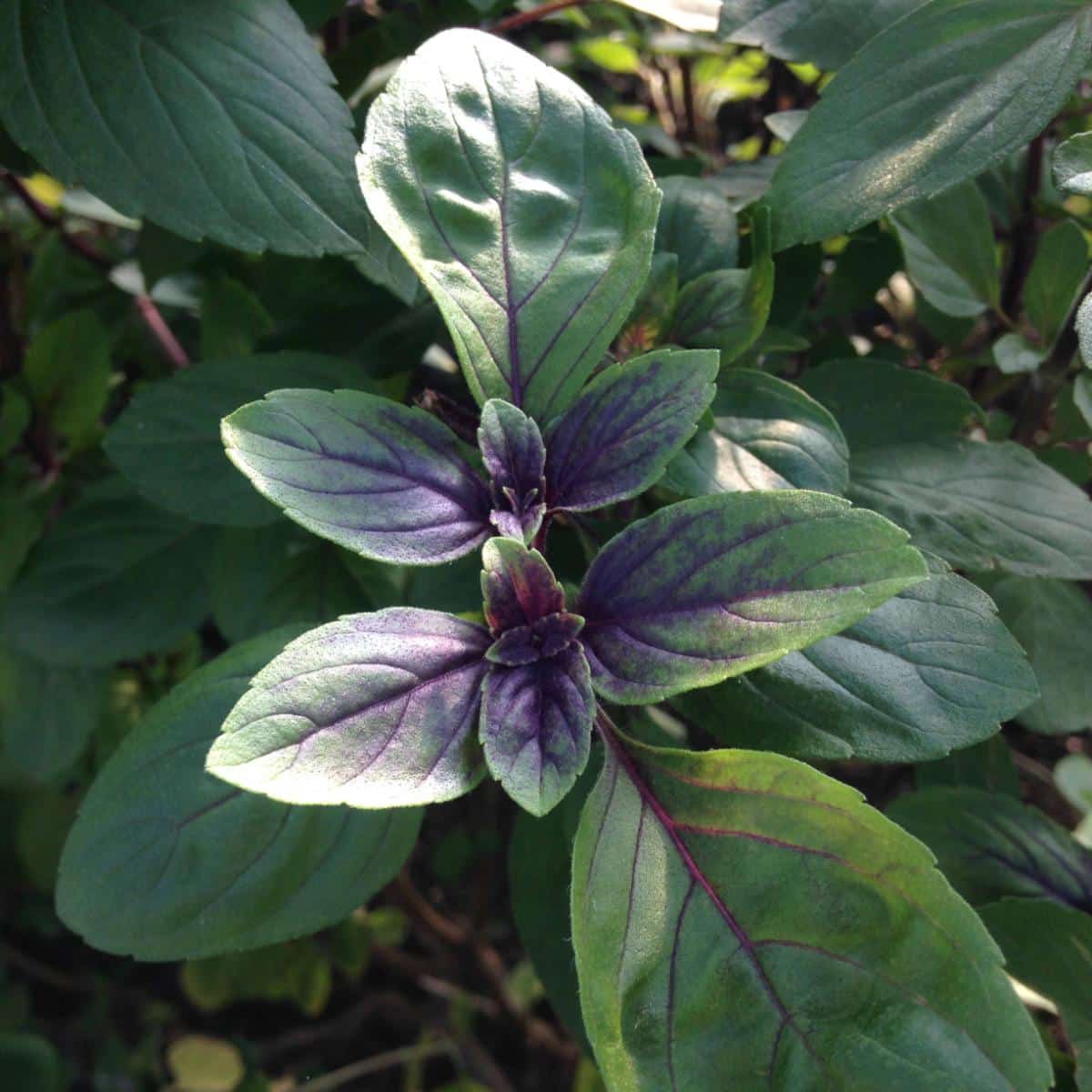
This is a little greenhouse trick that growers use to help encourage compact plants. Instead of keeping herbs moist at all times, growers will let them dry out between waterings, which stresses the plants just a little bit. In response, the plants conserve energy by not growing so big.
This is a minor stress to plants, a stress that’s akin to looking at your checking account and saying, “Yikes! I have less money than I thought!” A dry plant spends less energy in growth, while you spend less money on rosebushes.
Learn the keys to growing herbs indoors: The Keys to Successfully Growing Herbs Indoors
Read more gardening advice from Rosefiend Cordell.

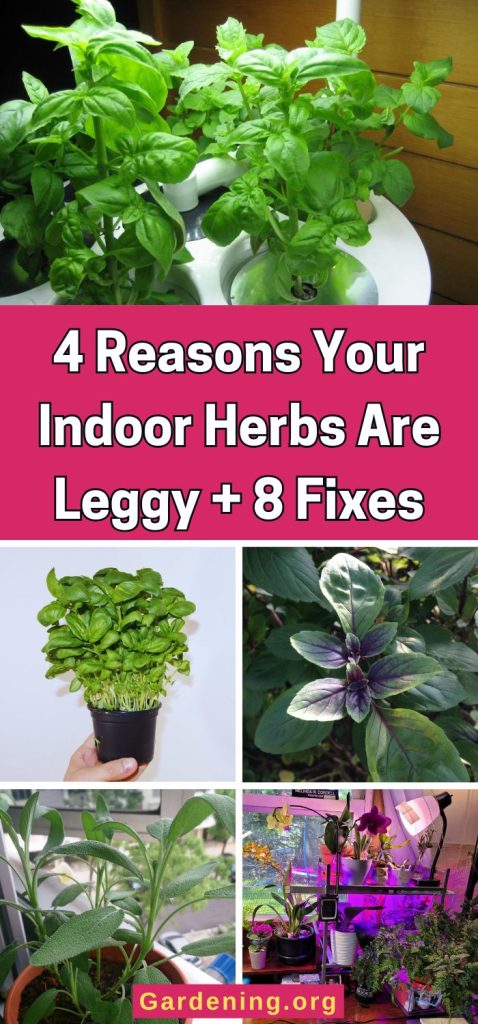
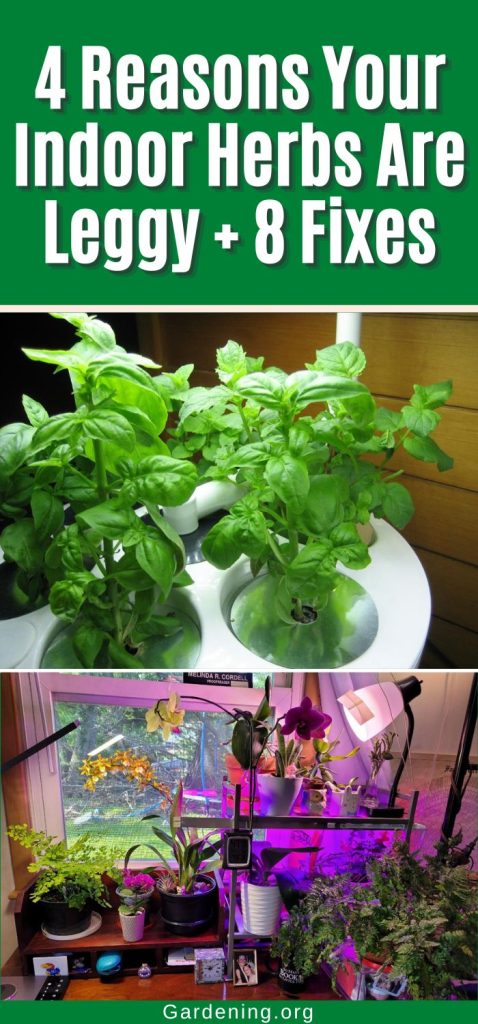
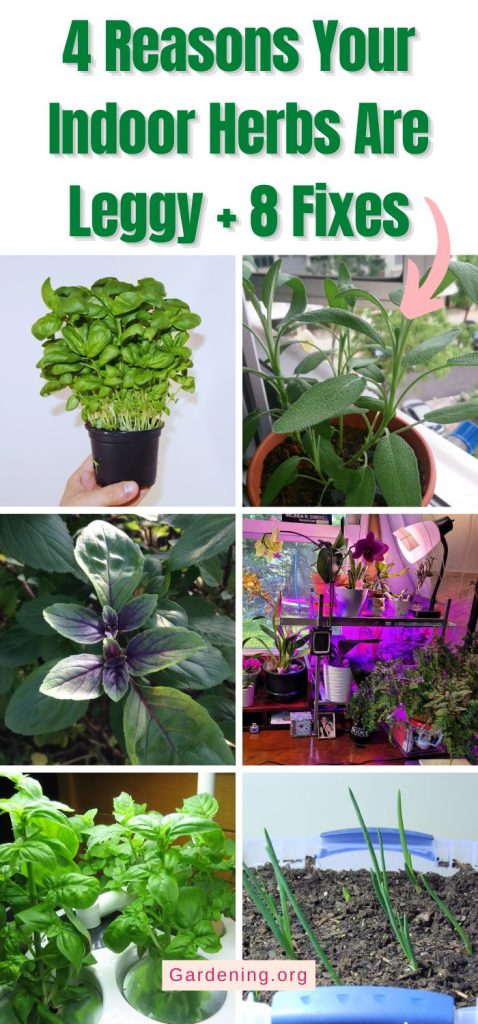
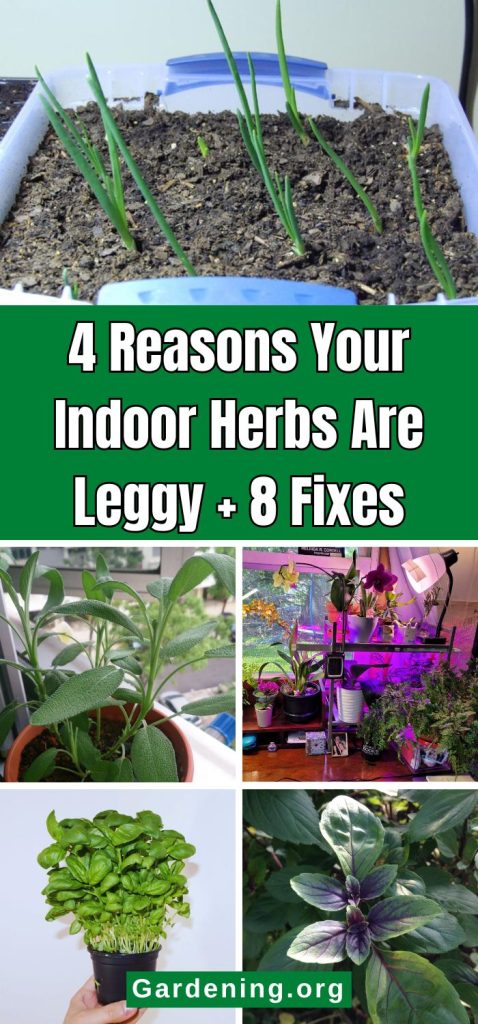
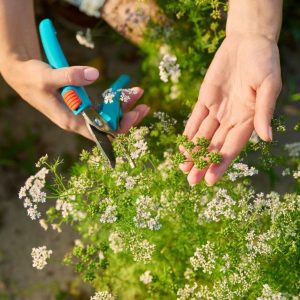
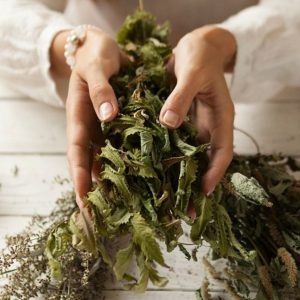
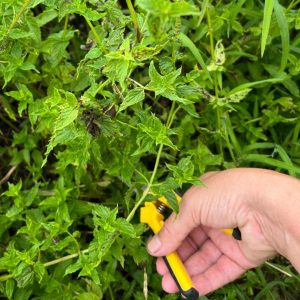

Leave a Reply